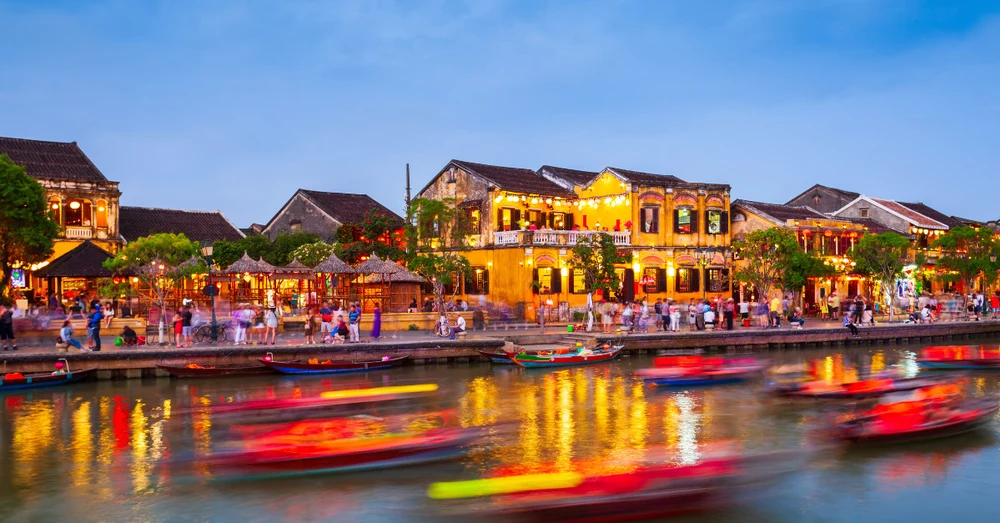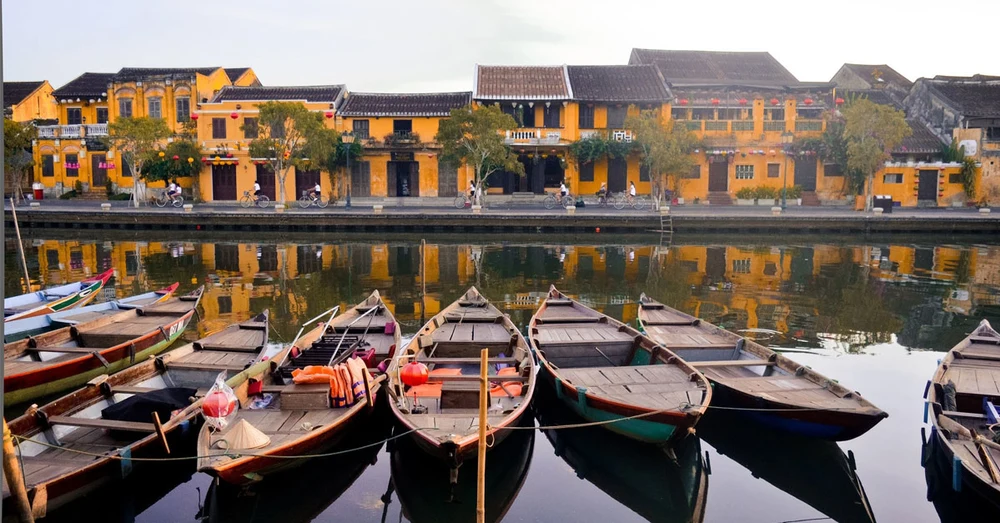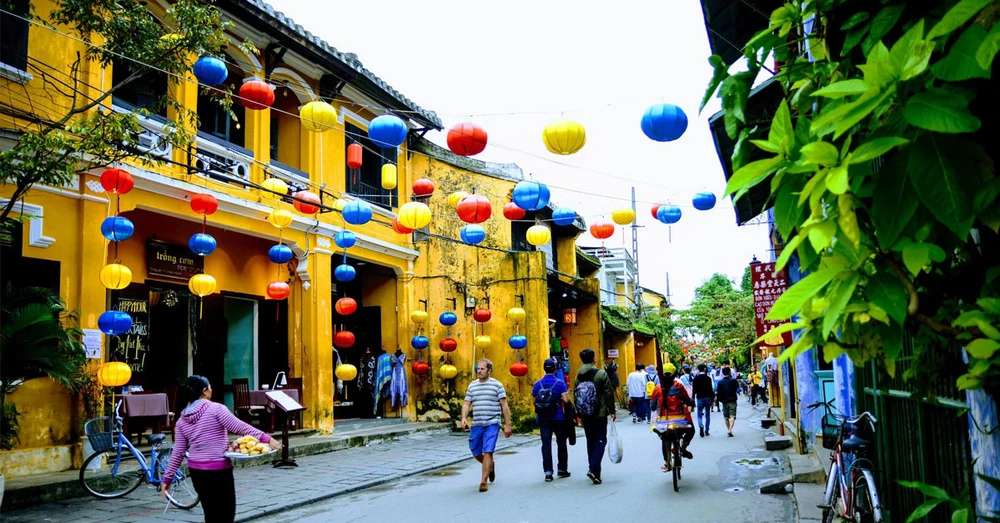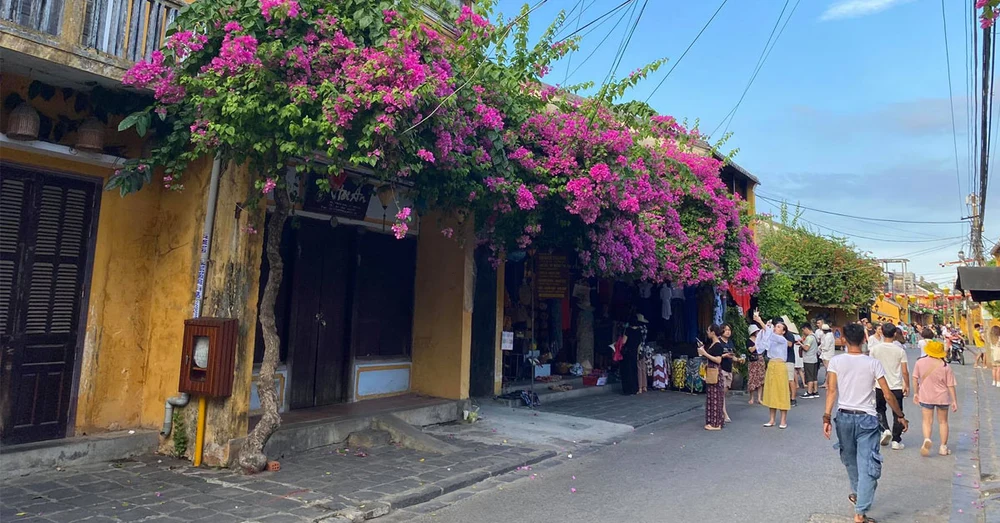EXPLORE HOI AN OLD TOWN
It is no exaggeration to say that it is one of the hottest tourist destinations in Vietnam today. From official newspapers to famous social networking platforms such as Tiktok, Instagram or Facebook, images of Hoi An Ancient Town appear full of nostalgia; and more than once the beauty of Hoi An Ancient Town has been honored on international tourism forums. Talking about Hoi An Ancient Town, people immediately think of rows of tiled-roofed houses and bright yellow-painted walls that make every street seem to shine on its own. You can also take a quiet journey on a boat down the Thu Bon River and drop flower lanterns, listening to emotional anecdotes about hundreds of years ago. And no matter how much you love this place, you probably still have some questions about Hoi An Ancient Town. Then let Klook take you back in time to look back at old memories of Hoi An - a bustling port town that has gone through many heroic historical periods, a pride of the nation until now. Please.
Where Is Hoi An Ancient Town?
Hoi An ancient town is located downstream of Thu Bon river, in the coastal plain of central Quang Nam province, about 30km south of Da Nang city, the transportation route is extremely convenient, so it is often combined. common the . 
The old town is the intersection of Chinese and Japanese architecture, imbued with quiet ancient features. The beautiful city of Hoi An is considered an ancient town filled with many memories of Vietnam. This old town is divided into 9 different wards. The east borders the East Sea, the west borders Dien Ban town, the south borders Duy Xuyen district, and the north borders Dien Ban town and the East Sea.
Historical Pictures of Hoi An Ancient City
Hoi An was born in the second half of the 16th century, during the Le Dynasty and opened the most prosperous period of development in history for this trading port hundreds of years later. With the harmony of many cultures and still exists almost intact to this day. Thanks to favorable climate and geographical factors, Hoi An was once a prosperous and bustling international trading port, a meeting place for merchant ships and merchants from China, Japan and Western countries. throughout the 17th and 18th centuries. Before this period, Hoi An also had traces of the Champa trading port, known for its maritime Silk Road.
The history of the ancient city of Hoi An began in 1527 when Mac Dang Dung won the throne of the Le dynasty, the Eastern Kinh area was under the full control of the Mac dynasty. In 1533, Nguyen Kim gathered soldiers to fight in the name of the Le Dynasty against the Mac Dynasty. When Nguyen Kim died, his son-in-law, Trinh Kiem, took over the power of Nguyen Kim's family. In 1558, Nguyen Kim's second son, Nguyen Hoang, brought his family members and soldiers back to ancient Thuan Hoa. After 1570, Nguyen Hoang took control of the defense of Quang Nam, and together with his son Nguyen Phuc Nguyen, built citadels, focusing on economic development of Dang Trong, expanding trade and commerce with foreign countries. . From then on, Hoi An became the leading commercial port in Southeast Asia at that time.
Through many ups and downs of historical events such as the Trinh Nguyen war period, Hoi An is still a busy port with Japanese streets, Chinese streets,...And after Lord Trinh took over Quang Nam, Hoi An was destroyed and only religious architecture remained.
Hoi An only revived 5 years later, but the bustle of commerce is no longer the same as before. The Chinese and Vietnamese together rebuilt the city from the ruins according to their architecture, accidentally causing traces of the Japanese quarter to disappear forever. 
During the Nguyen Dynasty, due to the implementation of closed policies and restrictions on trade with foreign countries, Dong Kinh port increasingly lost its important position. By 1976 of the 20th century, Quang Nam - Da Nang province was established, Da Nang gradually developed, Hoi An fell into oblivion. It was not until 1980 that it received the attention of scholars in Vietnam and other countries. It was not until 1999 that Hoi An was named on the list of "World Cultural Heritage" and became attractive to tourists and famous to this day.















































































